Institution/Author: University of Novi Sad, Faculty of Sciences, Department of Biology and Ecology/dr Dubravka Milić, dr Ante Vujić, dr Snežana Radenković
Hoverflies are a valuable group of species in need of conservation and monitoring, due to their large contribution to pollination, biological control, and role as indicators of ecosystem change. Although hoverflies are a well-known group of insects, there is not much documentation of their current conservation status. These flies have reached a high level of diversification, with about 6,000 species known. Under the national legislation of Serbia, 44 species of hoverflies are listed as protected, while 33 species are categorised as being strictly protected. In this study, we have categorised 155 hoverflies species as those in need of conservation. We have evaluated the adequacy of the National Protected Areas (NPA) for hoverfly conservation, an important pollinator group. In addition, we have proposed an approach for systematic inclusion of important conservation areas. Using long-term hoverfly monitoring data (over 35 years), we have created Prime Hoverfly Area (PHA) in Serbia. Finally, we analysed the degree of overlapping between the PHA and a similarly designed habitat network aimed at conserving butterflies, since this is of interest in planning conservation strategies for pollinators.
In order to create new area for hoverflies, we have defined five criteria for the identification of species in need of conservation: 1. Protected and strictly protected species by Serbian legal act, 2. Species distributed only in Europe, or species of European concern, 3. Species restricted by range to the Balkan Peninsula (Balkan endemics), 4. Species with restricted distribution on the Balkan Peninsula and very restricted distribution in Serbia (3–5 localities), 5. Species connected with specific habitat type listed in Annex I of the Habitats Directive. Moreover, we have defined five criteria for the selection of areas important for conservation of hoverflies: 1. Site contains threatened species at national level and species of European concern Criterion, 2. Site contains national endemic species with demonstrable threat Based on Important Plant Areas criteria, 3. Site contains near endemic/restricted-range species with demonstrable threat Based on Important Plant Areas criteria, 4. Site is known or thought to hold a significant component of the group of species whose distributions are largely or completely confined to one biogeographical regions in accordance with Habitats Directive, based on Important Bird Areas criteria and 5. Site supports species connected with particular habitat, refer to Annex I of the Habitats Directive. We have found that the NPA network is insufficient, as it does not cover the ranges of 18% of considered 155 hoverfly species; 34% of the identified area (PHA) lies outside of a national protection area (NPA) network. The area of the proposed PHA outside of the NPA is small (1.36% of the national territory), but its protection would greatly improve hoverfly conservation by increasing the inclusion of hoverfly habitats for previously unprotected species, and by including hoverfly biodiversity hot spots. Hoverflies and butterflies may be assumed to have similar ecological demands, because they are both pollinators that strongly depend on plant composition and distribution. However, we have found that a large area of PHA was outside of the PBA (52% overlapping), highlighting the importance of considering multiple groups in planning comprehensive conservation strategies for pollinators. Although most insect conservation areas are butterfly and beetle focused, conservation network design targeting pollinators may be improved by the inclusion of hoverflies. This is supported by the large amount of long-term monitoring data on their presence in Serbia. Since pollinators require preservation of rare microhabitats, it is especially important to consider the needs of multiple species in conservation network design.
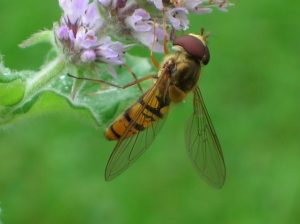 | 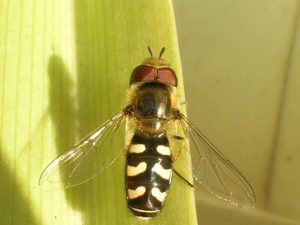 | 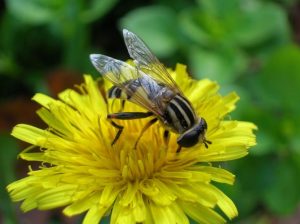 |
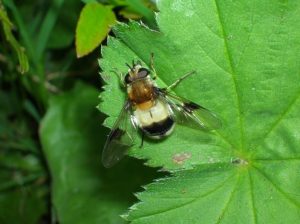 | 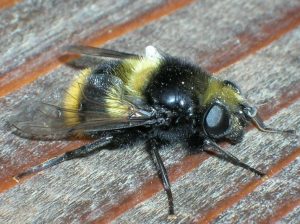 | 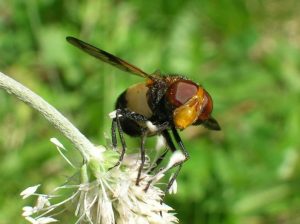 |
Source: Conservation strategies for the preservation of protected and strictly protected species in Serbia—hoverflies (Insecta, Diptera, Syrphidae) as model organisms, Grant Number 173002.
“Evaluation of Ecological Networks in Autonomous province Vojvodina as support for nature conservation”
(0601-504/3).https://www.sciencedirect.com/science/article/abs/pii/S0006320716301197